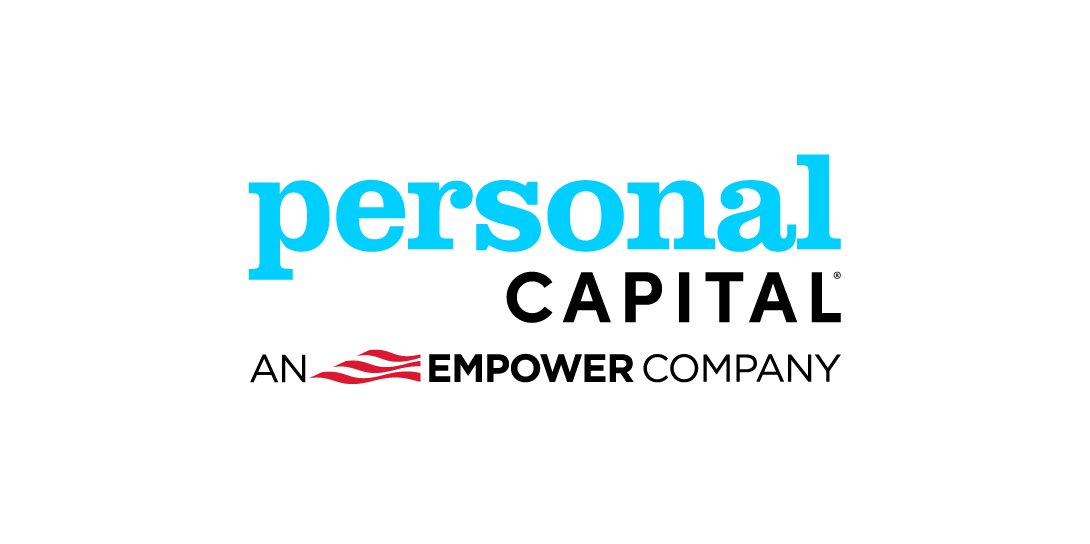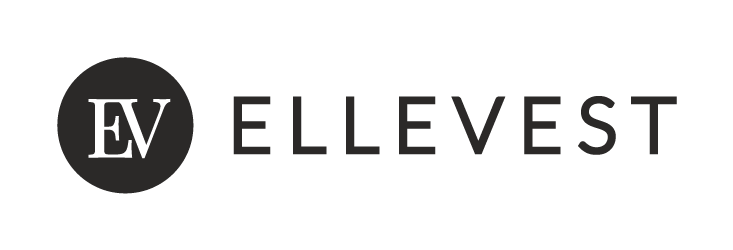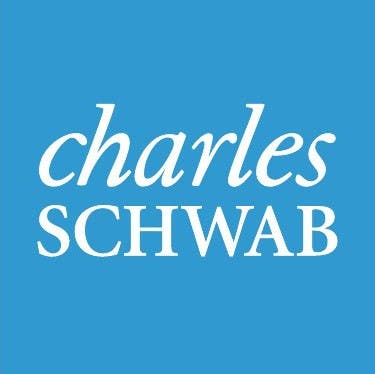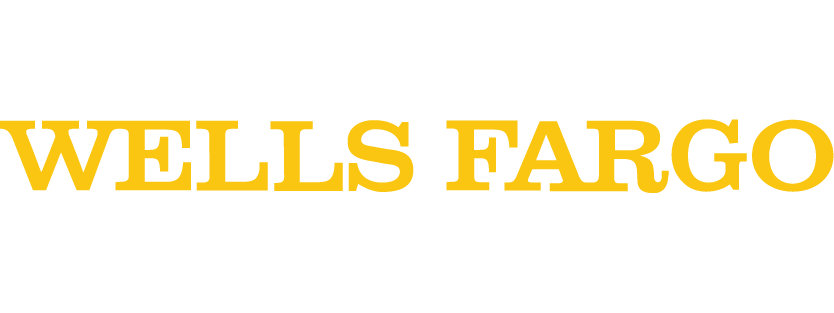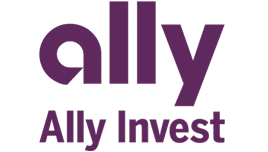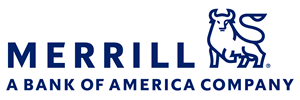Acorns review 2024
The Bankrate promise
At Bankrate we strive to help you make smarter financial decisions. While we adhere to strict , this post may contain references to products from our partners. Here's an explanation for .
Acorns: Best for
Acorns is a solid app that new investors, or those starting with small amounts, will find especially useful. You can start investing with just $5, allowing you to build a portfolio using ETFs based on your goals and risk tolerance. Saving is also a major emphasis at Acorns and you can “round up” your purchases to the nearest dollar, investing the extra change into your portfolio. These are good habits to build, even if they aren’t likely to help you achieve major goals such as retirement.
Fees at Acorns can be above-average for investors who are starting with small portfolios, however. You also won’t be able to take advantage of tax-loss harvesting, a common feature at leading robo-advisors. Investors looking for more comprehensive offerings should consider Wealthfront or Betterment. SoFi Automated Investing gives customers the opportunity to speak with financial advisors at a low cost.

We want to know what you think about Acorns
Do you have experience with Acorns? Let us know your thoughts.
Acorns: In the details

- Newer savers and investors
- Parents looking to teach their children about investing
- Those looking to invest while spending

- Newer savers and investors
- Parents looking to teach their children about investing
- Those looking to invest while spending
Pros: Where Acorns stands out
Three service tiers – plus custodial accounts
Acorns offers three subscription tiers to choose from – Personal, Personal Plus and Premium – each of which offers various investing accounts at different monthly price points ($3, $5 and $9, respectively):
- Personal – This tier gets you an individual investing account plus an IRA and a checking account.
- Personal Plus – The next tier up comes with all the features of the Personal tier and adds a premium education account, emergency fund and an opportunity to earn a rewards match.
- Premium – The highest tier adds a benefits hub, the ability to purchase individual stocks, higher rewards matching and an Acorns Early account, which allows you to set up custodial accounts for your children.
The Personal plan will help you get started with investing, save for retirement and even comes with a cash management account. At $3 a month, it’s a pretty good deal unless you’re dealing with small sums. But as your account grows, the fee will decline on a percentage basis.
Your portfolio will be made up of ETFs that align with your overall investing goals and risk tolerance.
The main perk of the Premium plan is that it allows you to set up custodial plans for your children. This feature is largely unavailable at other brand-name robo-advisors. So if this feature matters to you, it’s a solid reason to go with Acorns, helping your kids invest or investing for their benefit. The premium tier also allows you to purchase individual stocks, not simply the investment funds, as with the lower levels.
Simple plans to get you investing
Acorns ties spending to investing with some plans that get money into your accounts while you’re out spending. One of its best known is what Acorns calls “round-ups.”
When you set up round-ups, Acorns can automatically round up any purchase to the next dollar and move that extra amount from your linked bank account into your investing account. When you’ve accumulated at least $5 in round-ups, Acorns invests that amount in your target portfolio. If you don’t want to invest it every time, you can set up a manual transfer process, too.
In addition, you can have extra money deposited into your account through a program called Acorns Earn. Refer friends and receive a small bonus or receive a deposit when you spend at one of the more than 200 brands partnered up with Acorns.
Of course, you can also use a recurring transfer to get money into your investing account. That’s a smart way to keep your portfolio growing relentlessly. And you’ll also be able to use the “smart deposit” feature to squirrel away funds from your direct deposits (more below).
Bankrate staff insights
“The thing Acorns has going for it is to make investing easy by tying it to your spending,” says one Bankrate staffer who uses the account. “You’re investing with every swipe of your card, and ideally at least that spending isn’t money you’d otherwise invest. The funds are reasonably priced, too. The downside is that the fees may eat up a chunk of your savings, even though Acorns doesn’t charge a lot.”
Reasonable fund expenses
The ETFs used in Acorns’ portfolio are reasonably priced, with most funds costing in a range of 0.03 percent to 0.25 percent of invested assets annually, or a cost of $3 to $25 for every $10,000 invested. Many of the stock funds sit right at the low end of that range, too, so if you’re opting for the more aggressive portfolios, you’ll be paying fund expenses that are near the bottom of the industry.
Acorns does give customers the option of investing up to 5 percent of their portfolio in a Bitcoin ETF, which comes with an expense ratio of 0.95 percent. This approach only makes sense for investors with an extremely high risk tolerance given the volatility of cryptocurrencies and questions about their long-term viability.
Most of the funds come from Blackrock, an industry leader, while at least one fund from low-cost leader Vanguard tips the scales, too. And remember you’ll pay ETF fees regardless of which robo-advisor you choose, so it’s important to try to minimize those costs where you can.
Fractional shares
Acorns also offers fractional shares on both new purchases and reinvested dividends. This feature is especially important for small investors who may only have a few dollars to invest because it allows their full savings to be invested, rather than waiting until they have enough saved to buy a full share of an ETF. While many robo-advisors offer fractional shares, some restrict it to only being available on reinvested dividends, so Acorns offering stands out here.
Customer support
It’s not always easy to find customer support these days, with many financial services companies failing to offer phone options and having robots answer chat questions. But Acorns separates itself by offering live chat 24 hours a day, 7 days a week as well as email options. If you prefer to chat on the phone, Acorns is available 7 days a week from 8 a.m. to 10 p.m. ET. With all these options, you shouldn’t have any trouble getting your questions answered.
Cons: Where Acorns could improve
Pricing
Three dollars each month for the Personal tier of service doesn’t sound like much, but for the newer investors courted by Acorns, those fees may comprise a surprisingly large portion of their portfolio.
For example, that modest $36 a year is a solid 3.6 percent of a $1,000 portfolio. Even at $10,000, an investor would be paying 0.36 percent annually – still solidly above the standard management fee (0.25 percent) of many robo-advisors.
That said, Acorns’ fees remain constant as you grow your portfolio, so that fee could become tiny as your portfolio grows much larger. And in any case, it’s not a huge absolute amount of money.
Transfer-out costs
The transfer-out costs for ETFs in the Acorns investing account are at the high end of the industry. Acorns charges a steep $35 per ETF to transfer your account to another broker. That’s in contrast to $75 per account at many robo-advisors and free at some companies. So that fee seems excessive relative to Acorns’ peers.
That said, you can always sell the ETFs and move your money cost-free out of the account. That might ding you a little in capital gains taxes, but it still might be better than coughing up hundreds of dollars to keep your ETFs, depending on what kind of gains you’re sitting on. You can always repurchase them elsewhere, likely for no commission.
Tools and rebalancing
Acorns offers only bare-bones planning tools, compared to sophisticated offerings from Wealthfront and Betterment, for example.
Acorns rebalances investment positions, typically on a quarterly basis, when they’ve diverged more than 5 percent from their target allocation. In practice what it may mean is that outperforming assets are trimmed as they rise too much (relative to target allocations) and underperforming assets are purchased after they fall too far. Rebalancing can be a sensible practice and many robo-advisors offer it.
Where Acorns might improve, however, is to move newly deposited cash into a lagging fund rather than selling the outperforming fund and likely incurring a taxable gain. The net effect is a rebalanced portfolio without the taxable consequence. It’s a small point, but worth noting.
Tax strategy
Acorns doesn’t offer a tax strategy to help minimize clients’ tax bills. Many robo-advisors offer this through tax-loss harvesting strategies or by including municipal bonds in some portfolios. Tax-loss harvesting involves realizing investment losses to offset gains or claiming the losses to reduce your taxable income.
Wealthfront, Betterment and Schwab Intelligent Portfolios all offer tax-loss harvesting as part of their services, but you’ll need at least $50,000 in assets to take advantage of it at Schwab and for everyone at Wealthfront.
Addition of Bitcoin to portfolio options
Acorns gives customers the option to invest up to 5 percent of their portfolio in a Bitcoin ETF, which charges a 0.95 percent annual fee – much higher than what’s available in currently available Bitcoin ETFs.
In addition, Acorns has built its business by targeting new investors who have small amounts to initially invest. Giving investors the option to buy one of the most speculative assets available is a decision worth questioning, despite Bitcoin’s strong performance in 2023.
Consumer Experience
The consumer reviews posted on Bankrate.com ("Bankrate") are individual, subjective opinions of reviewers, and not of Bankrate. Bankrate does not endorse any of the opinions expressed by reviewers or any responses to reviews. Bankrate cannot guarantee or verify the accuracy of the opinions shared by individual reviewers. Some reviews may be edited for length and clarity.
Our writer's take
Acorns’ roundup feature is a great way to automate your savings and use it to save for special purchases. However, those with small account balances may find the fees eat into your investment returns.
Review methodology
Thank you for sharing your experience with Bankrate










